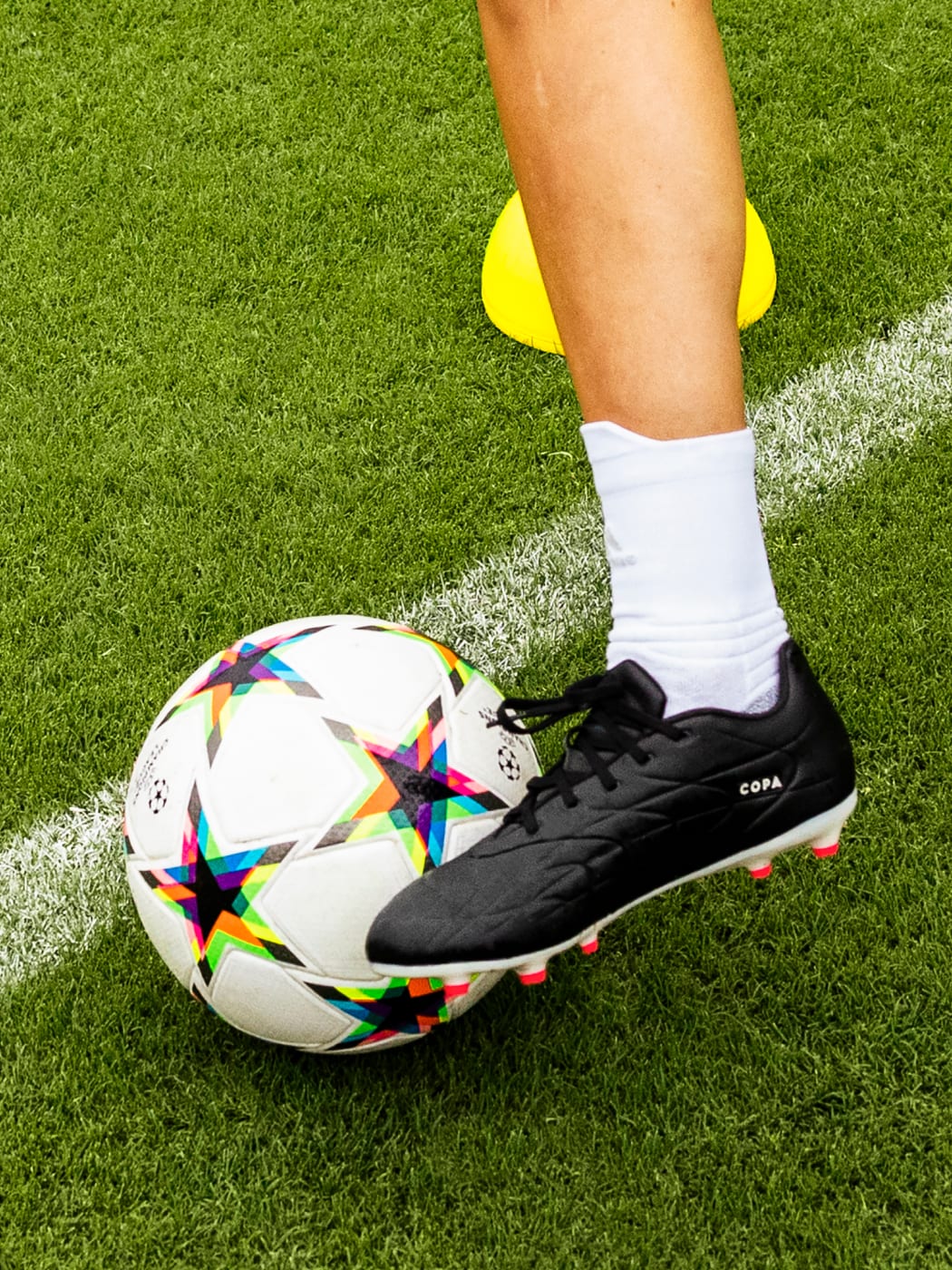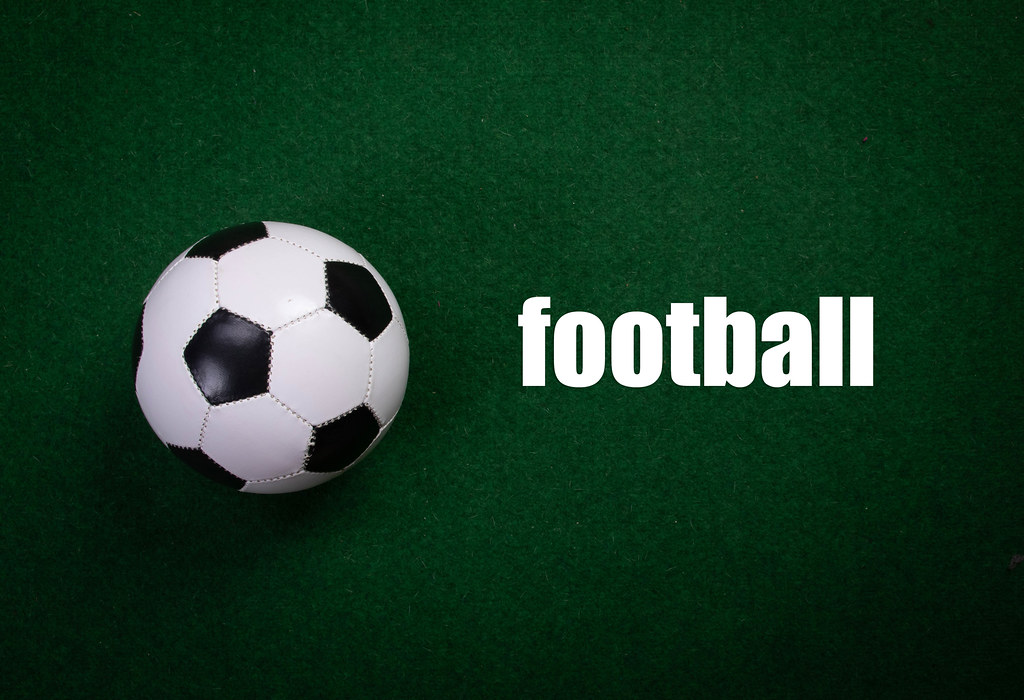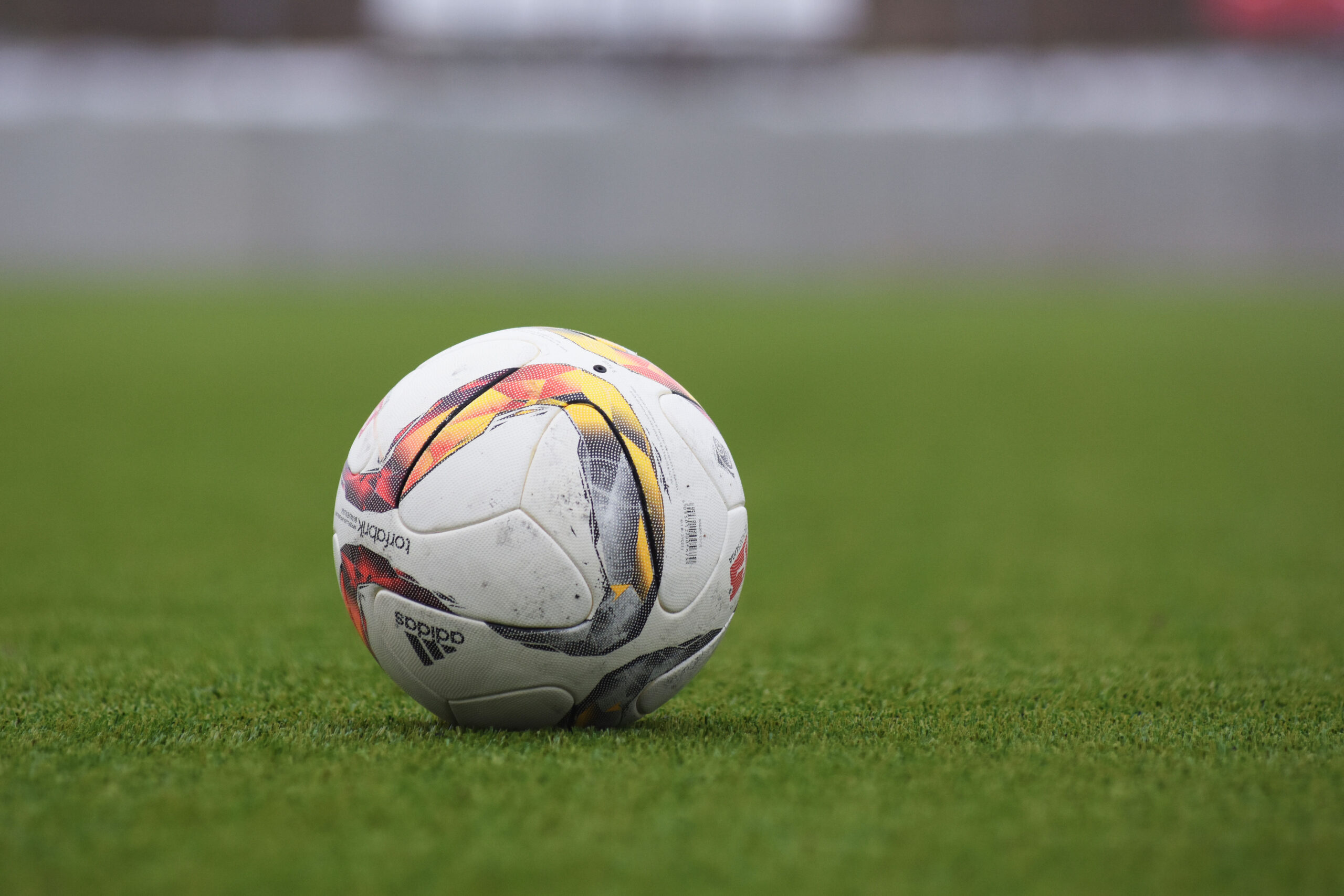When To Replace Your Soccer Cleats: Optimal Timing Tips

Replace your soccer cleats when they show noticeable wear or discomfort. Typical signs include worn soles, broken studs, or poor fit.
In the dynamic world of soccer, players’ gear is as crucial as their skills on the pitch. Cleats, forming the interface between the player and the ground, are fundamental to performance and safety. A sturdy pair of soccer cleats keeps you agile, precise, and ensures optimal traction during intense play.
It’s vital to keep them in top condition for peak performance. Over time, even the best soccer cleats undergo wear and tear, impacting their functionality. From amateur enthusiasts to professional athletes, understanding when to upgrade your cleats can make a significant difference in your game. Ensure your soccer cleats remain your faithful allies on the field by staying vigilant to signs of deterioration and readiness to replace them when the time is right.

Credit: www.nike.com
Signs Your Soccer Cleats Need Replacing
Soccer cleats are vital for performance and safety on the pitch. Identifying worn out soles is crucial, as they lead to diminished grip. A clear sign is when the tread pattern fades and the soles smooth out. This reduces your ability to maneuver and increases the risk of slipping.
Moreover, take note of the cleats’ studs. Damaged or worn-down studs affect your traction. This wears down stability and control, making it hard to play effectively. It’s essential to check the studs for any cracks or breakage. Players should replace their cleats if they notice significant wear and damage.
Lifespan Of Soccer Cleats
The durability of soccer cleats can vary greatly. Several factors play roles, such as the quality of materials, playing surface, and frequency of use. Players who hit the field often may see their cleats worn out sooner than those who play less frequently.
A good pair of cleats might last about a year for casual games. For intense players, replacing cleats every six months is not unusual. Proper care can extend this timeline.
Always check for signs like peeling, stitching coming loose, or a smooth sole. These suggest it’s time for new cleats. Remember, safety and performance are key. Don’t wait until cleats are completely worn to replace them.
Performance And Safety Concerns
Worn-out soccer cleats can slow you down and lower your accuracy. Quick turns and sudden stops rely on good grip. Old cleats lose this grip. This makes you slow and less precise. Wearing cleats that fit poorly can lead to falls or mishaps. Such events increase injury risks.
New soccer cleats help prevent injuries. They offer solid support to your ankles and feet. Good cleats also provide proper cushioning. This is key for safety on the field. Always remember to check your cleats before a game. Look for signs like worn-out studs or a damaged sole.
Evaluating Cleat Condition
Check your soccer cleats for signs of excessive wear. Look at the soles and studs closely. Are they worn down? Studs should remain intact for good grip.
Feel inside your cleats. Do they still provide cushioning? Your feet should feel comfortable and supported. Uncomfortable cleats can harm your game and feet.
Maintaining And Extending Cleat Life
Maintaining soccer cleats ensures they last longer. Dry your cleats properly after each use. Avoid leaving them wet. Loosen laces before taking them off to prevent stretching or damaging the shape. Use a mild cleaner for spot cleaning.
Store cleats in a cool, dry place. Never leave them in a car or in direct sunlight. Proper storage prevents material from degrading. Alternate between pairs if possible, to reduce wear and tear.
Check the cleats’ condition often. Look for damage to studs or the upper part of the cleats. Replace them if you find significant wear. This keeps your game strong and your feet safe.

Credit: www.nike.com
Choosing The Right Time To Buy New Cleats
Buying new cleats depends on how often you play. Kids or occasional players might need to replace cleats less frequently. Serious players should consider new cleats each season. Look for signs like worn soles or damaged studs. These show your cleats need replacing. Your game performance can suffer with old cleats.
- Soft ground cleats: replace before winter season.
- Hard ground cleats: check for wear after summer play.
Watch performance on the field. Declining skills? Consider it might be due to old cleats. New cleats can restore traction and control.

Credit: www.adidas.com
Conclusion
Recognizing the right time to replace soccer cleats is crucial for optimal performance and safety on the pitch. Keep an eye on wear signs and stay ahead of potential issues. Remember, a well-timed swap can mean better play and fewer injuries.
Uphold your game, safeguard your feet—upgrade when needed. Ready for the next match? Ensure your cleats are too.


